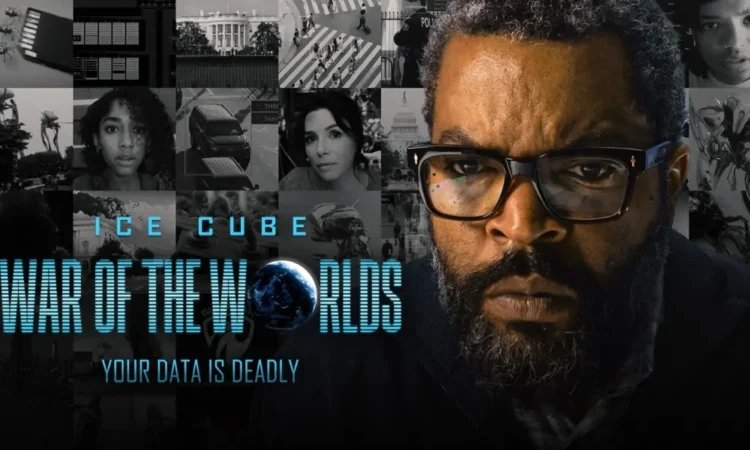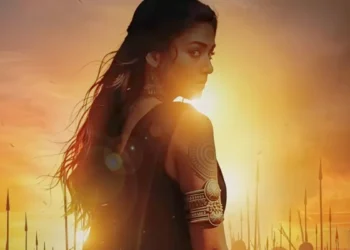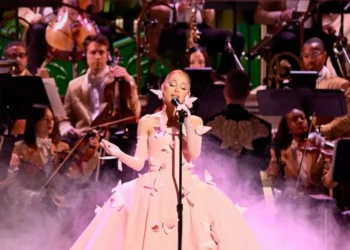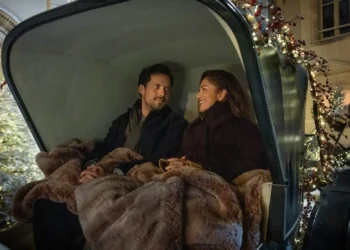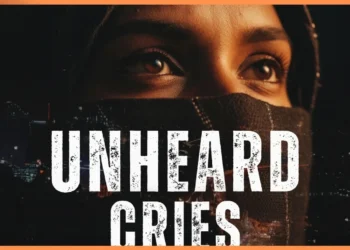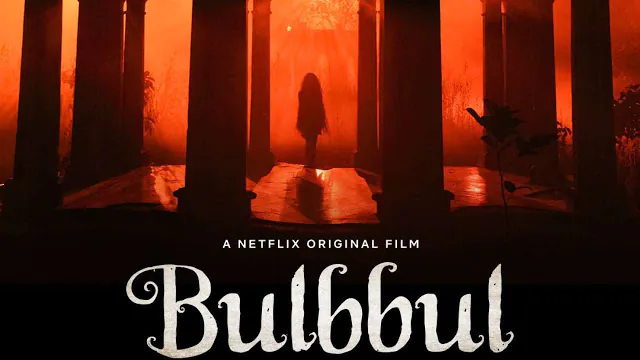Few stories have endured in the cultural imagination like H.G. Wells’ The War of the Worlds. First published in 1898, the novel’s depiction of a devastating Martian invasion has inspired countless adaptations, from Orson Welles’ infamous 1938 radio broadcast—which sent panicked listeners fleeing their homes—to the star-studded 2005 Steven Spielberg blockbuster War of the Worlds.
Now, the latest reimagining, helmed by director Rich Lee and producer Timur Bekmambetov, brings the classic tale into the digital age with a found-footage thriller starring Ice Cube and Eva Longoria. Premiering on Prime Video on July 30th, this new adaptation promises to be a gripping, immersive experience that taps into contemporary fears while staying true to the essence of Wells’ original work.
A Modern Take on a Classic Invasion
Unlike previous adaptations that relied on traditional cinematic techniques, this version of War of the Worlds embraces the technology of our time. Set in a world under siege by an incomprehensible threat, the story follows Will Radford (played by Ice Cube), a brilliant but disillusioned cyber-security analyst. When strange anomalies begin disrupting global networks, Will stumbles upon a conspiracy far more terrifying than anything he could have imagined—one that suggests humanity is not just under attack, but being systematically dismantled.
Assisting him in his fight for survival is Eva Longoria’s character, a resourceful journalist determined to uncover the truth before it’s too late. Together, they must navigate a labyrinth of government cover-ups, digital warfare, and widespread panic, all while trying to stay one step ahead of an enemy that seems unstoppable. The film’s premise cleverly updates Wells’ themes of imperialism and technological hubris, making it a timely commentary on our reliance on—and vulnerability to—digital systems.
An Immersive, Screen-Based Experience
What sets this adaptation apart is its innovative found-footage format. Rather than watching events unfold through conventional cinematography, the audience experiences the invasion through the screens of smartphones, laptops, and security cameras. This stylistic choice not only heightens realism but also plays into contemporary anxieties about surveillance, disinformation, and cyber warfare.
Director Rich Lee, known for his work on interactive and digital media projects, and producer Timur Bekmambetov, who pioneered the “Screenlife” genre with films like Unfriended and Searching, have crafted a film that fully embraces modern storytelling techniques. By framing the narrative through personal devices, they create an unsettling sense of immediacy—as if the viewer is not just watching the apocalypse, but living it in real time. This approach echoes Orson Welles’ radio drama in its ability to blur the line between fiction and reality, ensuring that the terror feels uncomfortably close to home.
Connecting Past and Present
Beyond its technical innovations, this adaptation pays homage to its predecessors while forging its own identity. The eerie, slow-burn tension of the original novel is preserved, but the stakes are amplified by the speed and interconnectedness of the digital age. Where Wells’ Martians represented the fears of British colonialism and industrialization, this film taps into 21st-century fears—cyberattacks, artificial intelligence, and the fragility of global infrastructure.
The casting of Ice Cube and Eva Longoria also signals a shift from the typical disaster movie formula. Their characters are not just passive victims but proactive players in the fight for survival, adding depth and urgency to the narrative. Ice Cube, known for his commanding presence, brings grit and intensity to the role of Will Radford, while Longoria’s character provides a crucial perspective on media manipulation and propaganda in an age of digital deception.
Why This War of the Worlds Matters Now
At a time when misinformation spreads faster than truth and global conflicts dominate headlines, War of the Worlds 2024 feels more relevant than ever. The film asks unsettling questions: What happens when the systems we depend on turn against us? Can humanity unite in the face of an existential threat—or will paranoia and division seal our fate? By grounding the story in familiar technology, the filmmakers ensure that the terror is not just fantastical but palpably real.
As the July 30th release date approaches, anticipation is building for what could be one of the most innovative horror-thrillers of the year. Whether you’re a longtime fan of Wells’ novel or a newcomer to the story, this adaptation promises to be a pulse-pounding experience that will leave you questioning just how safe our digital world truly is.
One thing is certain—when the invasion begins, it won’t be on the distant battlefields of 19th-century England, but in the palm of your hand.


